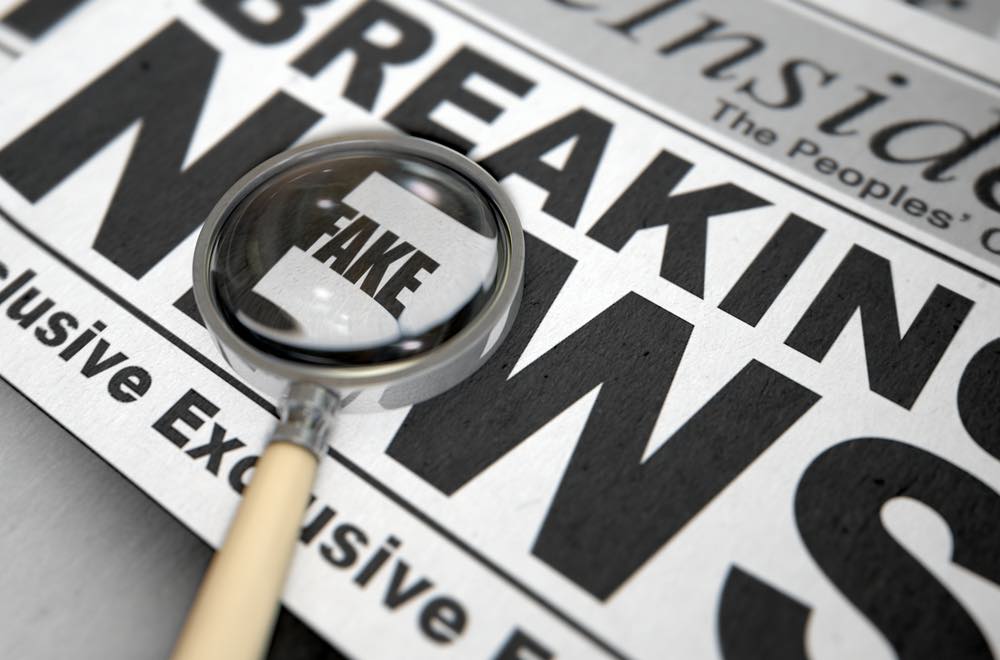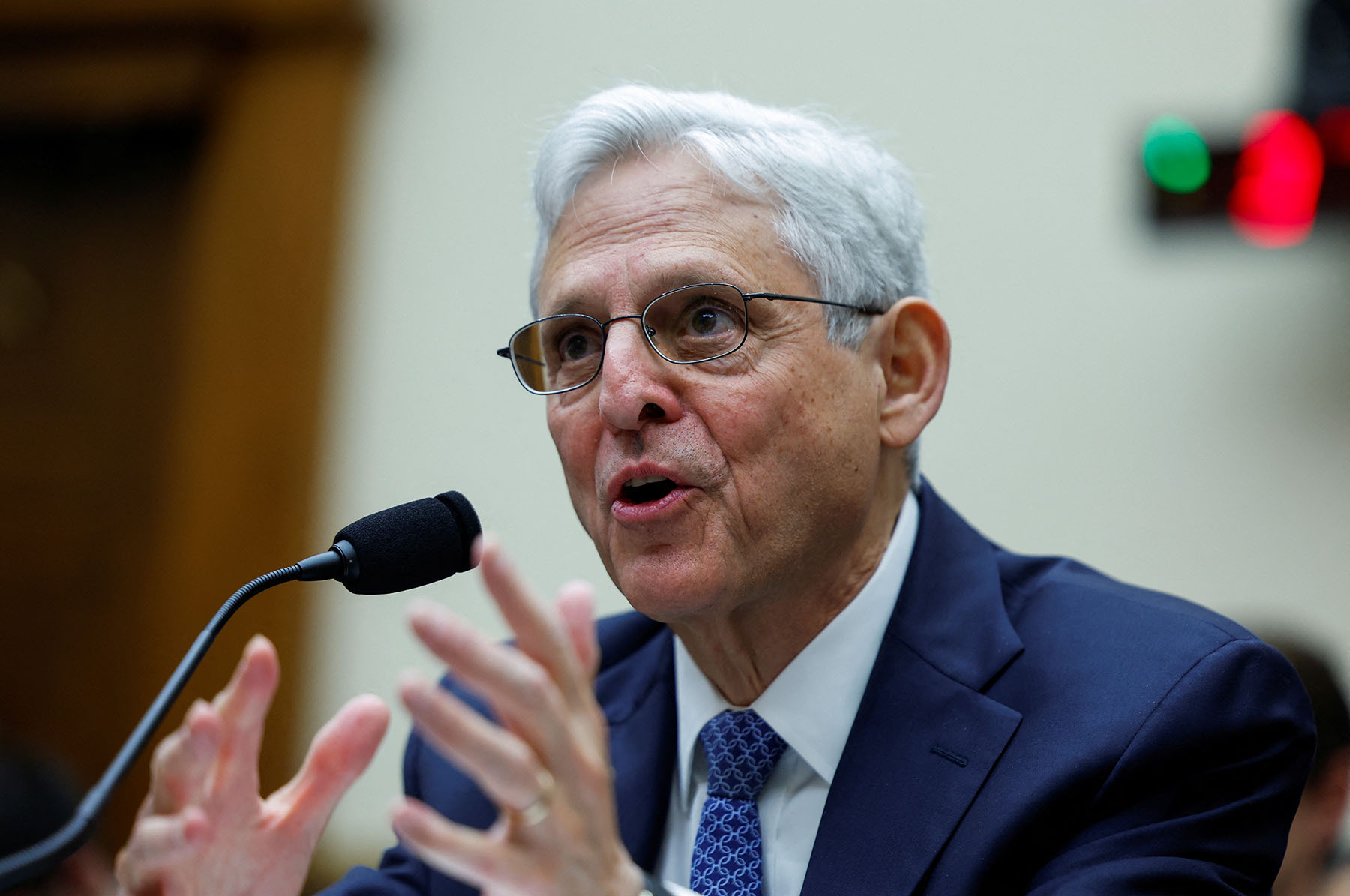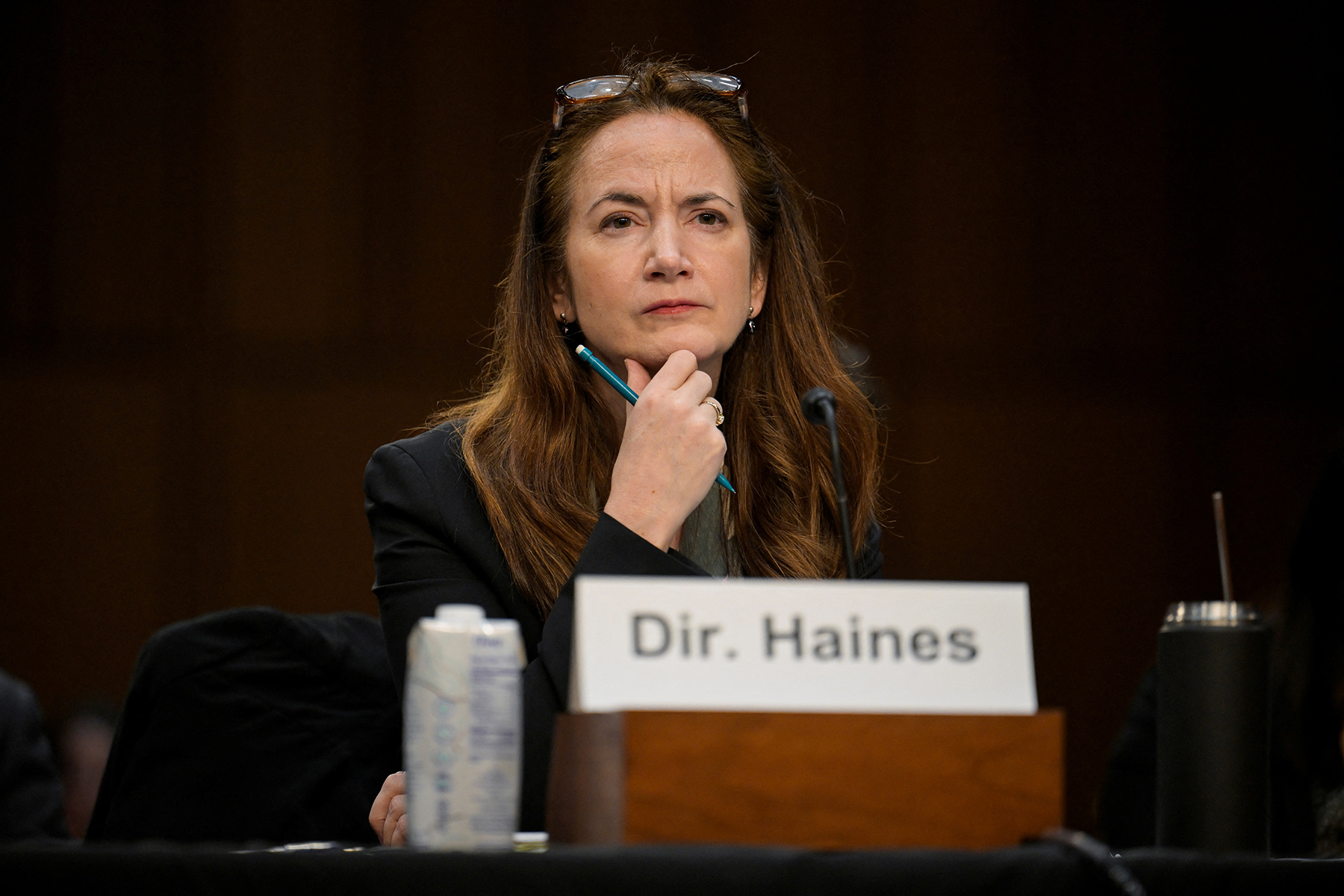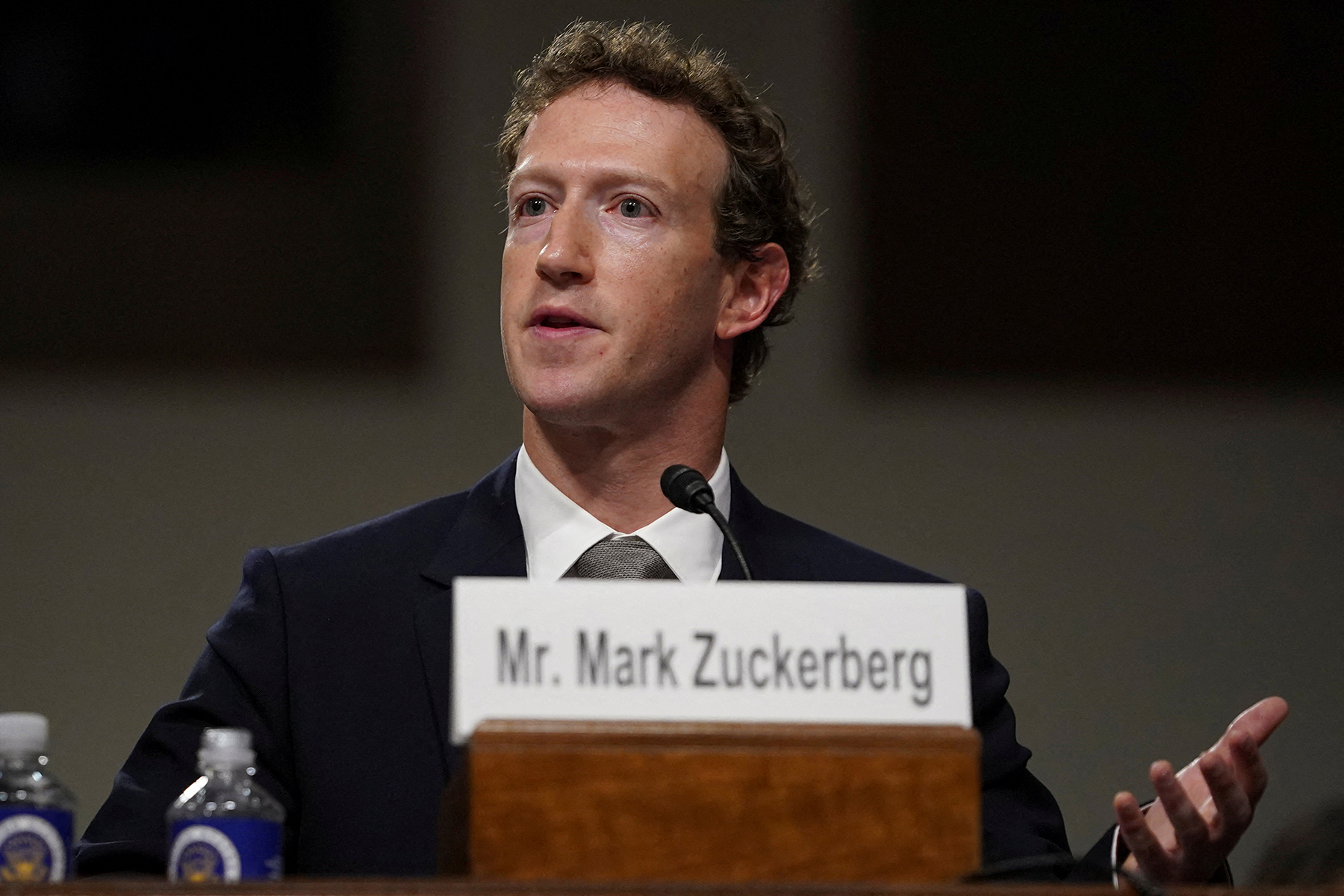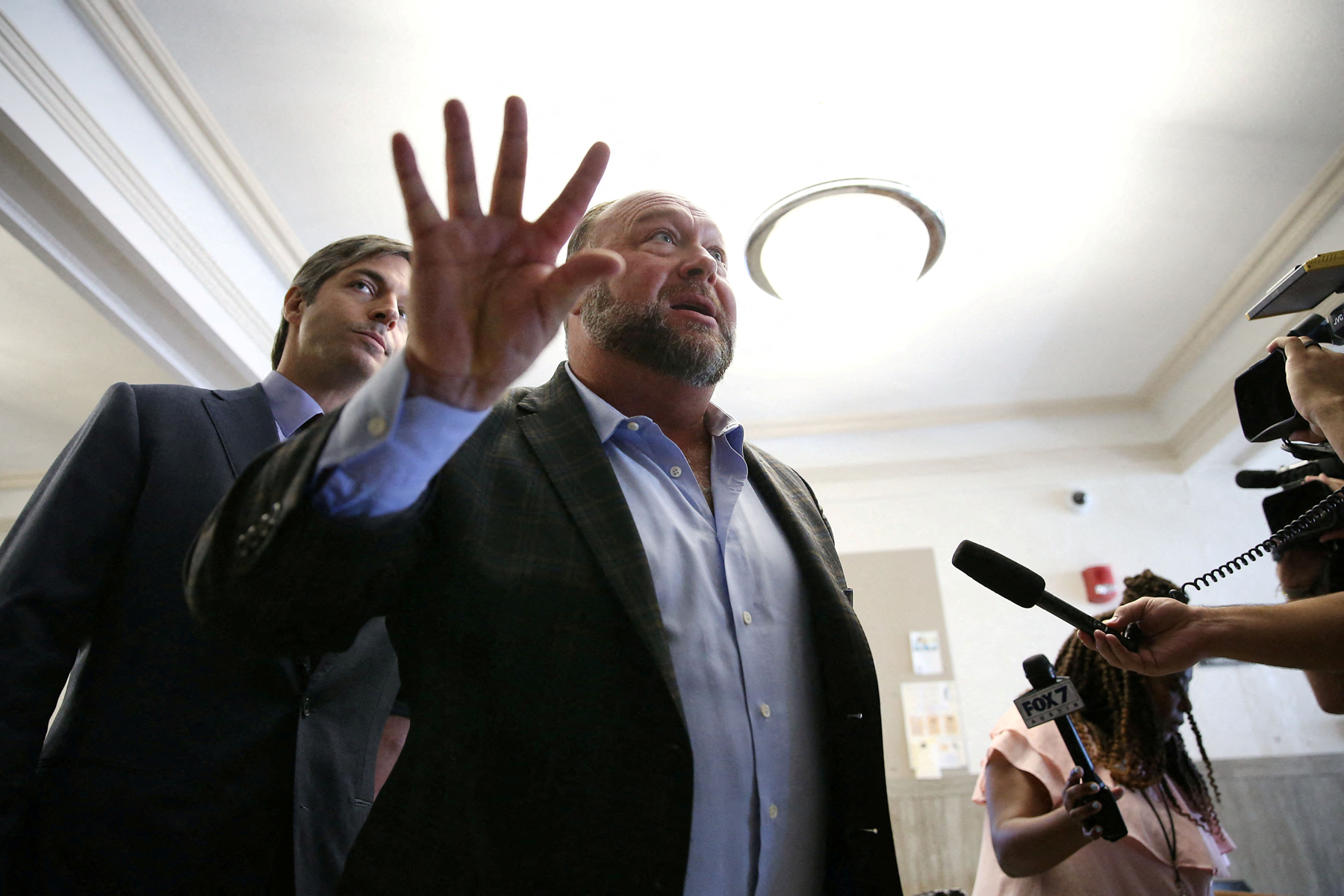What is fake news? Facebook and Google offer mea culpas for spreading it and hire legions of staff to counter it. Congress investigated how the Russians promoted it during the 2017 Presidential election. President Trump calls out “fake news”organizations in tweets several times a week. Has the term itself lost its meaning? A recent survey by the Freedom Forum Institute reveals many Americans believe fake news is a major threat, even over hate speech. What more can be done to separate fake news from facts?
News & Updates
July 6, 2018: Twitter Aggressively Scrubs Its Fake Accounts
The Washington Post reports that Twitter suspended over 70 million accounts in May and June, with more clean up expected in July in an aggressive attempt to clean the platform of fake accounts.This marks a change in philosophy from “the free speech wing of the free speech party” to one of taking action against bad actors. “Free expression doesn’t really mean much if people don’t feel safe,” Twitter’s Vice President for Trust and Safety Del Harvey told the Post.
Washington Post>July 6, 2018: Freedom Forum Institute’s 2018 State Of The First Amendment Survey Shows Fake News Is Taking Over the Conversation
With permission of the Freedom Forum Institute, FAW reprinted highlights for the State of the First Amendment survey, which assesses what and how Americans are thinking about the five freedoms. Findings this year include “Americans consider fake news more objectionable than hate speech on social media, though both are opposed by large majorities. The survey showed that 83 percent of respondents agreed that social media companies should remove false information, compared to 72 percent who agreed such companies should remove hate speech.”
Freedom Forum Survey>July 5, 2018: Did Facebook Fail to Stop a Fake News Operation in Mexico?
A Buzzfeed investigation found that Facebook may have known that a Mexican digital marketing firm, Victory Lab, was putting out fake ads during the recent Mexican elections – and did nothing to stop them until an outside partner confirmed the activity. How much damage was done by letting Victory Lab influence social media politicking is unknown.
Buzzfeed> Buzzfeed>April 10, 2018: Facebook CEO Addresses Fake News on the Social Media Giant in Congressional Testimony
Facebook CEO Mark Zuckerberg offered contrite testimony to Congress, apologizing for the spread of fake news on Facebook. But is that enough?
Wired>March 14, 2018: Can Laws to Curtail Fake News Threaten Press Freedom?
Some EU initiatives to prevent fake news may actually hurt the press – a roundup across Europe reveals a contentious debate.
Poynter>March 9, 2018: Studying Fake News From A Scientific Perspective
Science magazine takes on the science behind fake news and how it spreads online. “Falsehood..diffused faster than the truth,” the researchers write, “the top 1% of false news cascades diffused to between 1000 and 100,000 people, whereas the truth rarely diffused to more than 1000 people.”
Science Magazine> Gizmodo>March 2, 2018: Can Steven Brill Fix Fake News?
Journalist Steven Brill is launching NewsGuard which the Washington Post reports will assign a ““reliability” rating — green for generally trustworthy, yellow for consistently biased or inaccurate, or red for deliberately deceptive — to some 7,500 sources of online news, based on an assessment by its teams of journalists.” His team hopes to have the site up by the mid-term elections.
Washington Post>December 31, 2017: States Attempt To Legislate Efforts to Counter Fake News Starting in Elementary School
Washington state, Connecticut, Rhode Island and New Mexico and soon Arizona, New York and Hawaii have passed or are set to announce legislation to encourage public school systems to help students develop media literacy skills. A 2016 Stanford University study found that students lacked skills to determine fake information online.
AP News> Stanford University>December 15-16, 2017: Findings from Conference on Disinformation Ecoystems
Academics and journalists discuss fake news and its ramifications.
First Draft News>October 31, 2017: Factchecking site Snopes Debunks Fake News, and Gets a Rare Apology
A fake news story by so-called satire site, FreedumJunkshum.com, that claimed U.S. Army Sgt. La David Johnson, killed in an October ambush in Niger, was a deserter, was called out by Snopes. Later the satire site founder apologized for the mix-up.
PBS>October 3o, 2017: Congress Takes Facebook, Twitter and Google to task
Representatives from Facebook, Twitter and Google are on the Hill this week to testify about how fake news was disseminated during the 2016 US elections, when the networks knew Russia had infiltrated their platforms and what they are doing to counter such attacks.
PBS>September 11, 2017: The Limit of Facebook’s Third Party Factcheckers
A study by Yale University researchers found that tagging articles as fake does not immediately lead readers to question the article’s accuracy. In some cases, it made some readers believe the tagged article was real. The other issue: there is just too much to review with too few resources. What then is the future for third party fact-checking? In March, Quartz reporter Nikhil Sonnad tested it out before the current controversy.
Politico> Yale University Study> Quartz>August 3, 2017: Facebook Launches Related Articles to Fight Fake News
Facebook’s attempt to link articles is meant to provide “easier access to additional perspectives and information, including articles by third-party fact checkers.” But will readers take the time to discern what is real and what is fake?
Slate>April 6, 2017: Readers to Become Fake News Detectives with Facebook Tips
When you look at the top of your Facebook news feed from now on, you will find a “tips for spotting false news” guide. “Improving news literacy is a global priority, and we need to do our part to help people understand how to make decisions about which sources to trust,” wrote Adam Mosseri, Facebook’s VP of News Feed.
Buzzfeed> Facebook>April 4, 2017: The Main Problem With Fake News – It Brings In Money
A Buzzed News investigation concluded that “More than 60 websites publishing fake news are earning revenue from advertising networks and most of them are working with major networks such as Revcontent, Google AdSense, and Content.ad.”
Buzzfeed>March 6, 2017: Facebook steps up its fake news disruption game
Amidst criticism Facebook is not doing enough to stop fake news stories from being shared on its site, the company has begun to take steps to identify and disrupt the dissemination of fake news stories.
USAToday >December 21, 2016: Hoaxy helps users identify who and how fake news spreads
Filippo Menczer, a professor at Indiana University’s Observatory on Social Media, created a tool to visualize the complexity of sharing new stories – fake and otherwise.
Vice >A “Field Guide to Fake News” Public Data Lab and First Draft. Find out more here.
History & Legal Cases
January 16, 2018: Lapham’s Quarterly Documents the History of “Fake News”
“Journalists of any and all description (analog and digital, mainstream and disruptive) rely on the self-promoting myth of a free and fearless press, champion of the people, honor and duty bound to speak truth to power, deliver all the news that’s fit to print. Their noble falsehood never has commanded or deserved belief among children of the city old enough to know their baby brother wasn’t delivered by a stork. Newspapers serve at the pleasure of whatever news is fit to sell, governed by the political and commercial interest of their sponsors. The result is a product described in 1941 by Dorothy L. Sayers, British novelist and playwright, as a mash-up of fixed opinion and temporary fact, a “smear of unreality…spread over the whole newspaper page, from reports of public affairs down to the most casual items of daily gossip.””
Lapham’s Quarterly>September 4, 2017: Lessons from the Radio Fake News Phenomena
Orson Welles’s radio adaptation of “The War of the Worlds” caused mayhem. Listeners thought it was real and reacted in a panic. But writes A. Brad Schwartz in, “Broadcast Hysteria: Orson Welles’s War of the Worlds and the Art of Fake News”, most of the hype was not in the street but in the pages of newspapers trying to put down this new upstart, the radio. Why? “Everywhere you looked in the thirties, authoritarian leaders were being swept to power with the help of radio.”
New Yorker>April 4, 2017: This Isn’t Our First Go Around With Fake News, Here is What Happened in the 19th Century
Petra McGillen writes that “fake news is effective because it tells you something about the world that you, in a way, already know” – a determination she came to by studying fake news stories from 19th century travel writers who pretended they were traveling and sending back dispatches from foreign lands. She found that they and writers of today “recombine news bits, names, images, people and sites that we have already seen in similar contexts. Once this backdrop of credibility has been established, the sensational, made-up elements can be introduced all the more convincingly.” And presto: a fake news story becomes “real.”
Nieman Lab>March 12, 2017: 1942 Was A Big Year For Fake News
No internet? No problem. Fake news spread by word of mouth and false newspaper reports in 1942. Stories of “Eleanor Clubs” and other alarmist propaganda during wartime stoked racial disharmony in the South. Howard Odum, a leading sociologist, documented the hysteria that resulted.
Analysis & Opinion
October 3, 2017: Why Government Should Not Regulate Fake News
Scholars Flemming Rose and Jacob Mchangama argue that if governments are given the right to define fake news and try to squash it what will end up happening is is power grab that will “silence opponents and shut down speech they don’t like.” They give a concrete U.S. example: “In 1798, the U.S. Congress passed the Sedition Act in order to punish false statements about the government made with malicious intent. It was used to suppress opinion with which the Federalist administration of President John Adams disagreed.”
Washington Post>December 10, 2016: How did “PizzaGate” get so out of hand?
The evolution of a false rumor about Hillary Clinton gained an upstoppable life of its own until a dire standoff brought events to a fever pitch.
https://www.nytimes.com/interactive/2016/12/10/business/media/pizzagate.html
Vice >
Tags
